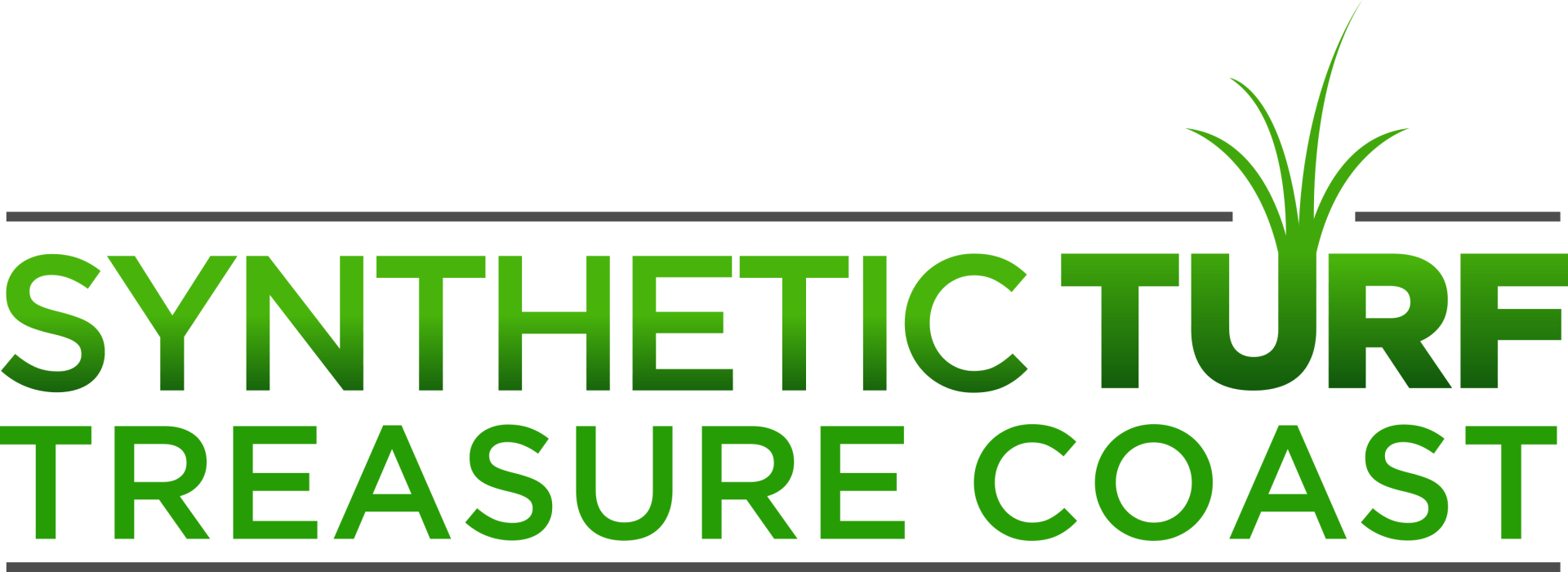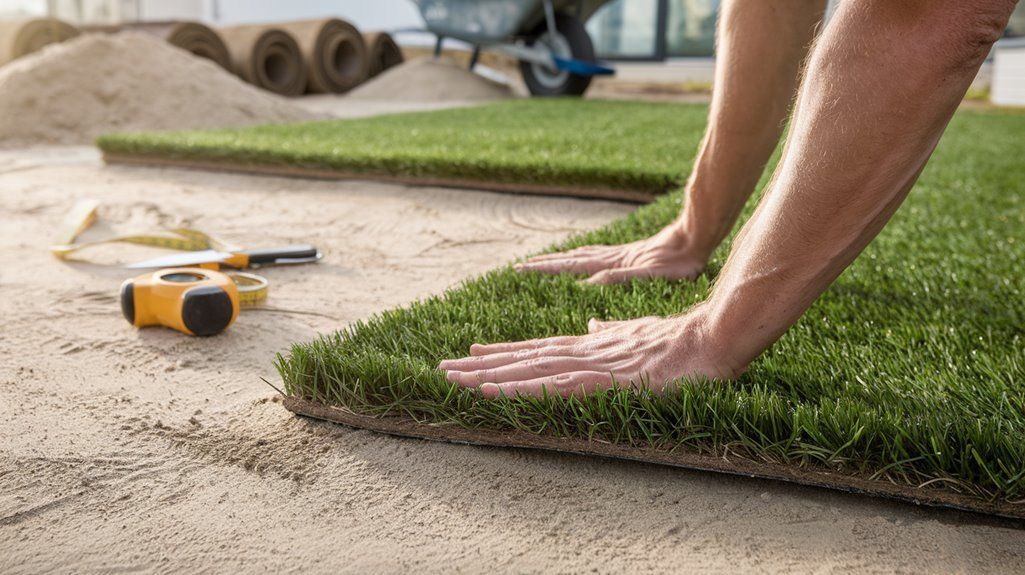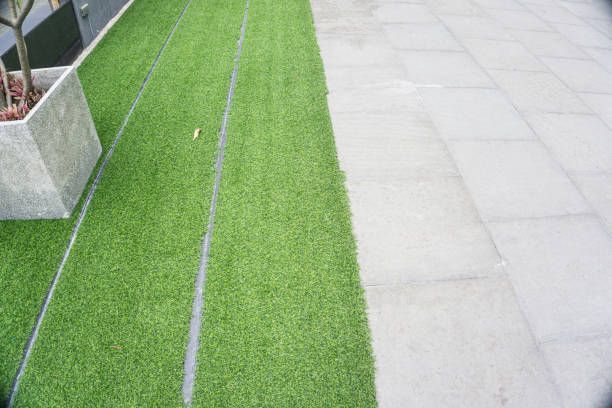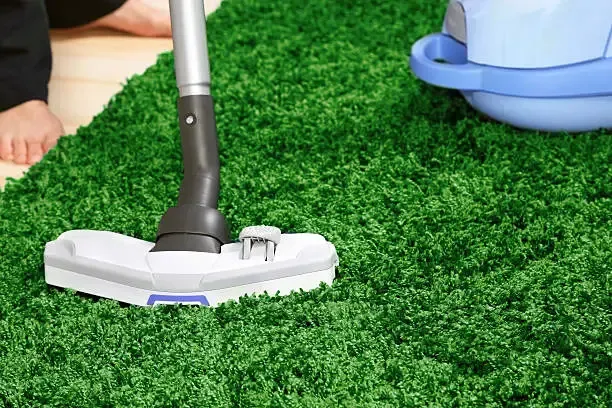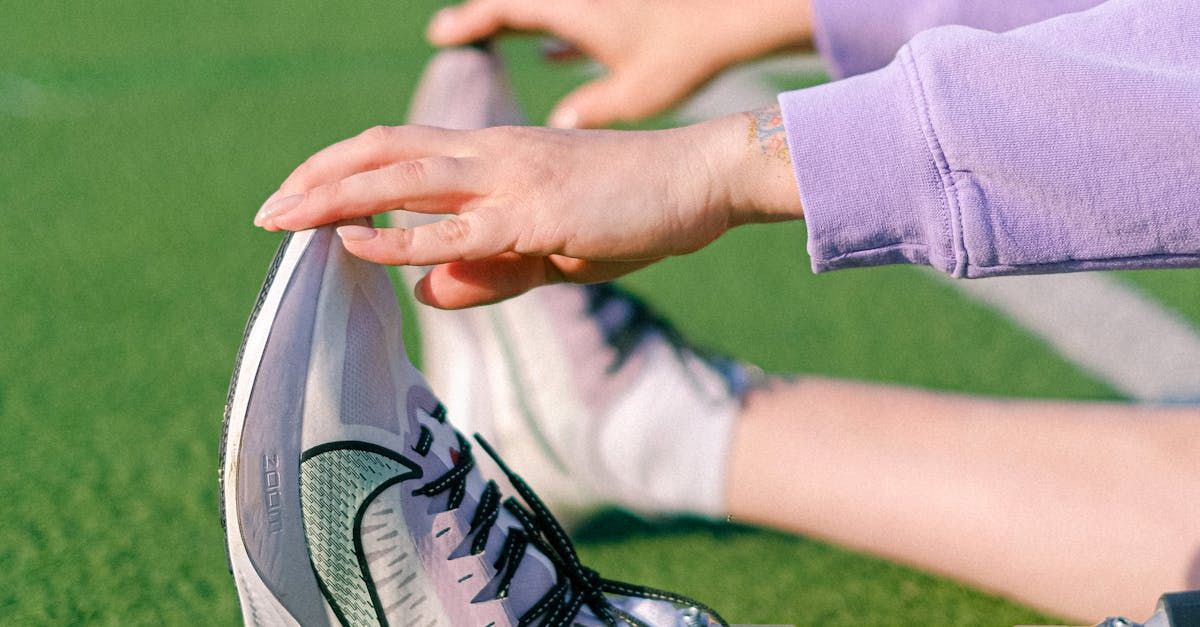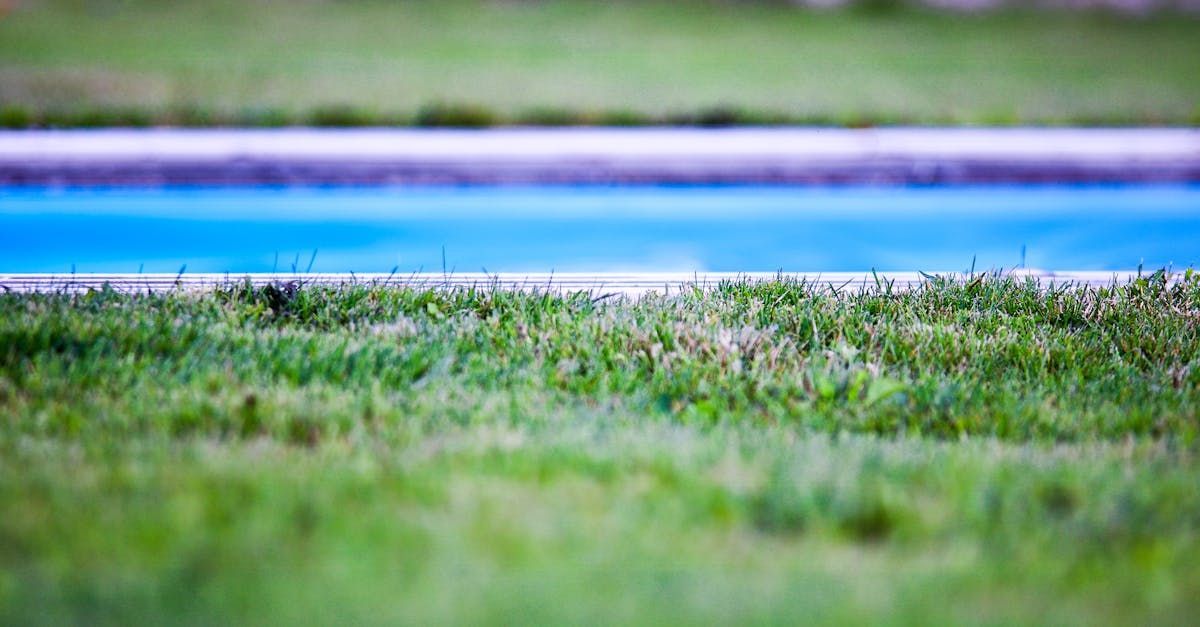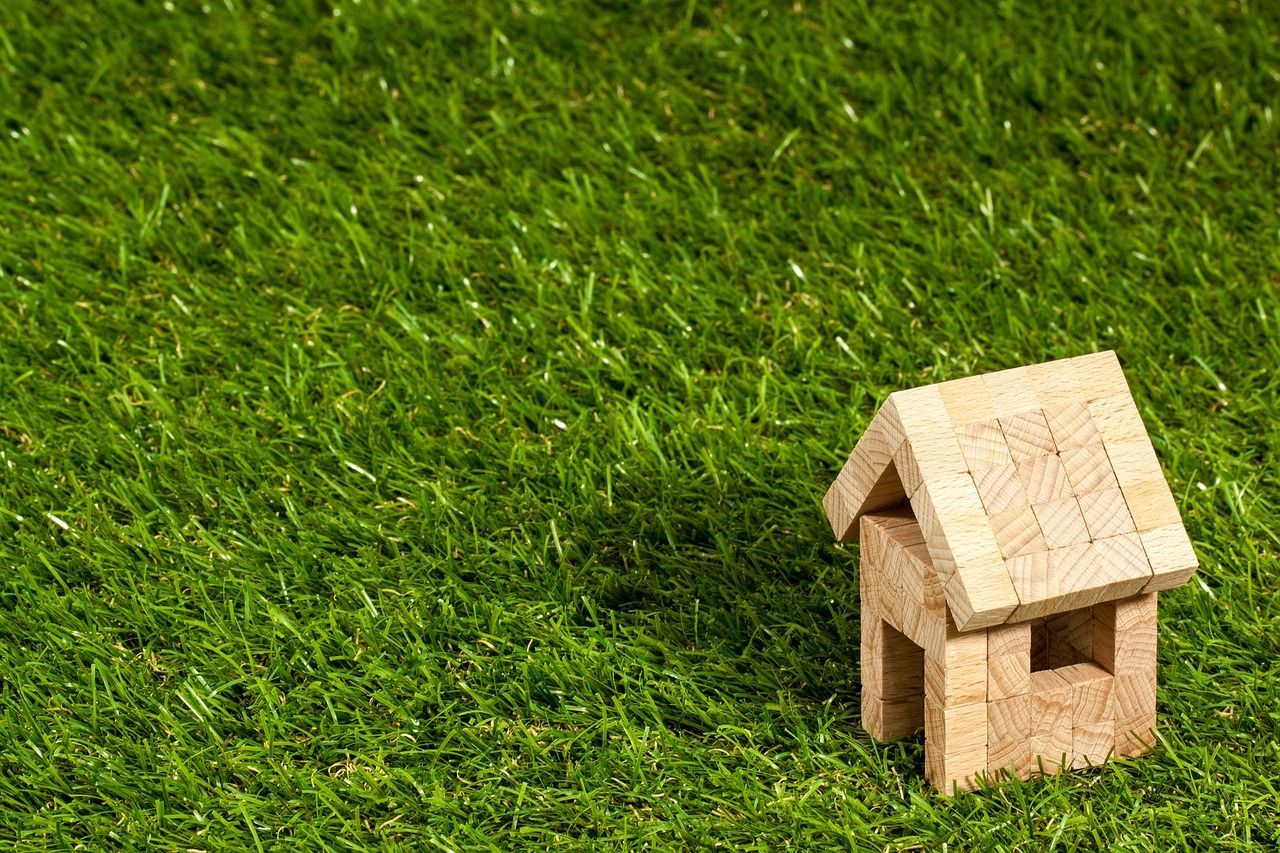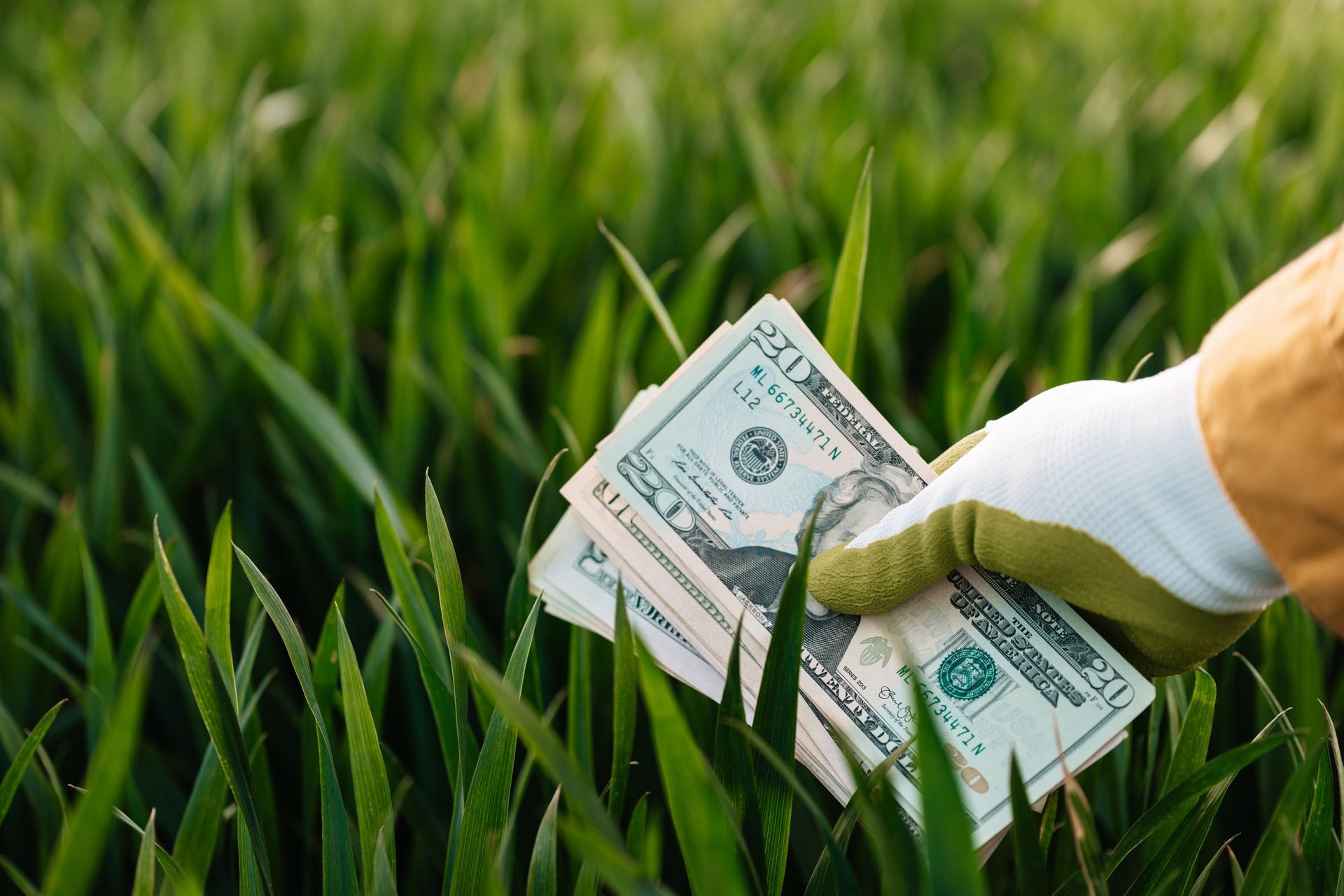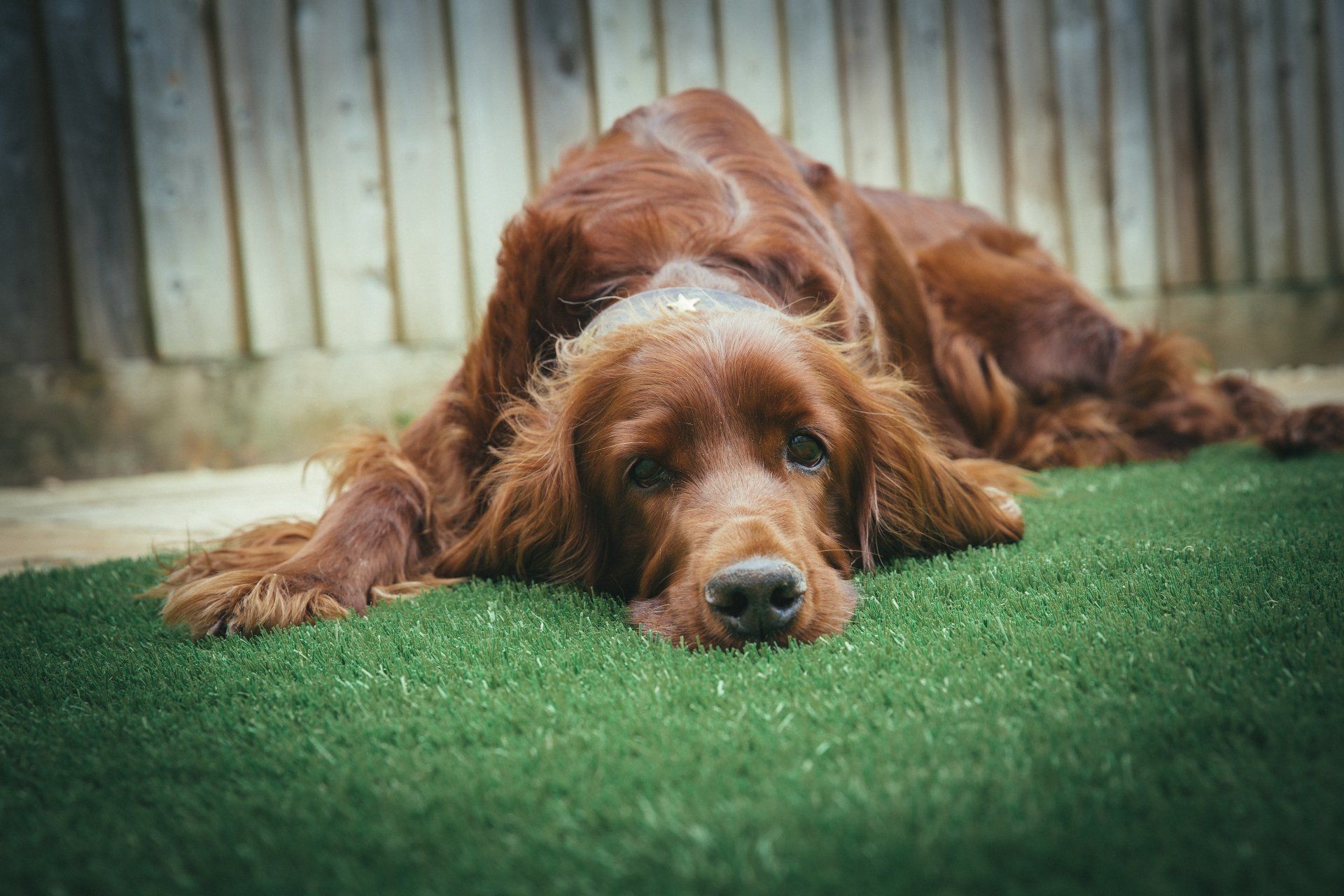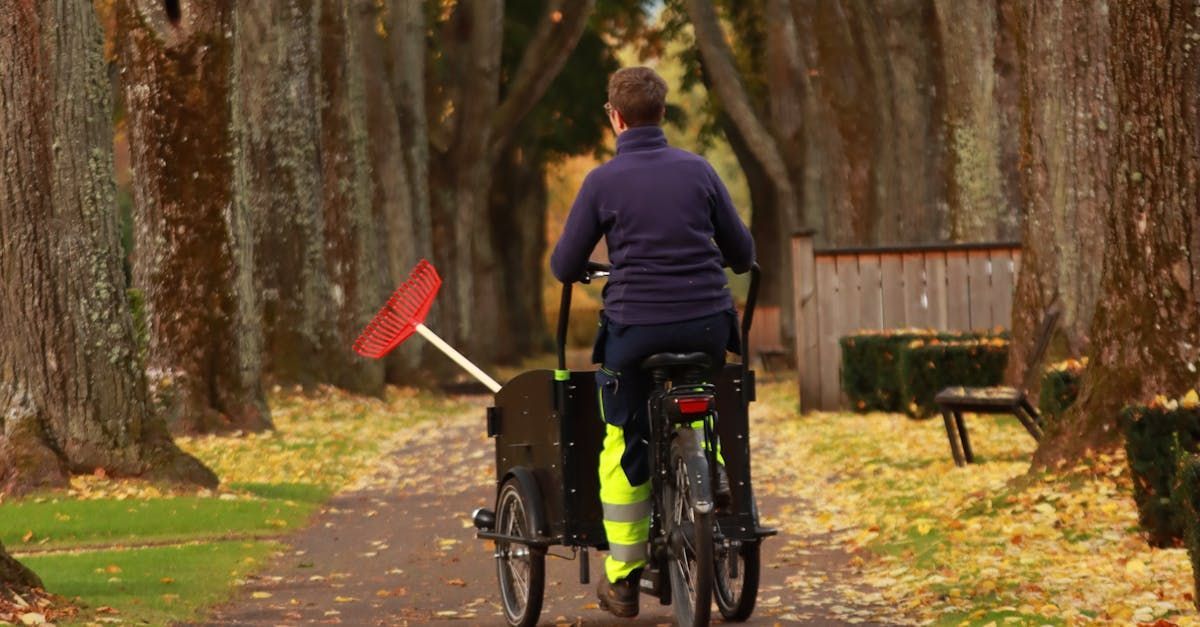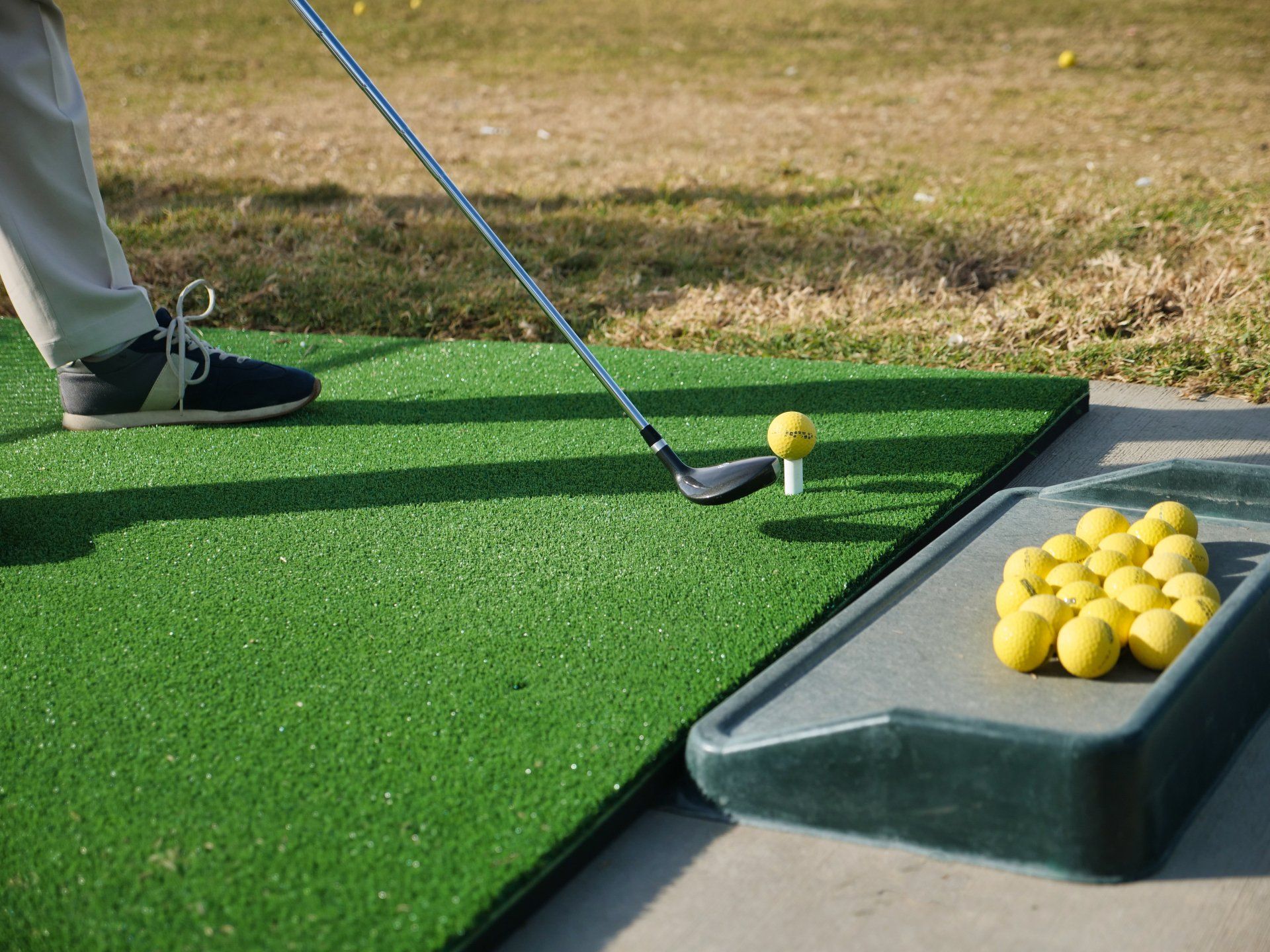The Ultimate Breakdown of Artificial Grass Types for Easy Lawn Care
A lawn that is both gorgeous and lively might be a challenging endeavor to accomplish in Florida due to the state's challenging environment. Due to the growing popularity of artificial grass, homeowners are increasingly opting for this alternative to get a lawn that is both lush and requires no upkeep.
Artificial grass is more versatile than you might think. Once reserved for putting greens, faux grass is now popular for everything from apartment balconies to playgrounds. Even homeowners are finding artificial turf to be an impressive low-maintenance and low-water alternative to natural sod for lawns. To find which artificial turf work best for your needs, learn more about the different types of artificial grass.(1)
The main distinctions between these varieties are the materials utilized, the intended purpose of the turf, and the desired appearance. Here are some of the most common forms of artificial grass
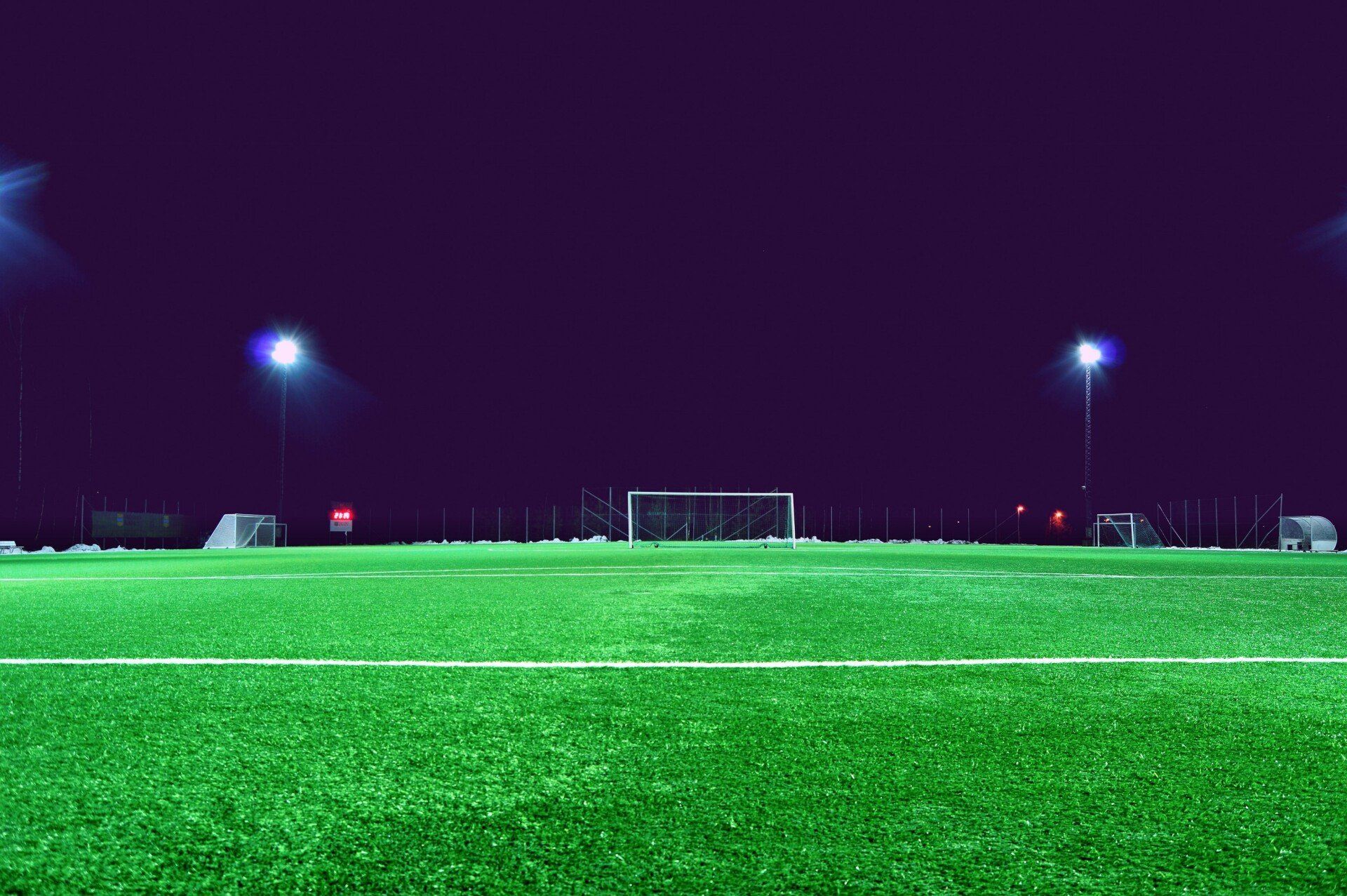
- Nylon Artificial Grass - Nylon is a long-lasting and tough material widely utilized in artificial grass in Florida. It is highly resistant to wear and tear, making it ideal for high-traffic areas. However, if exposed to sunlight for an extended period of time, it may fade.
- Polyethylene Artificial Grass - Polyethylene is a softer, more natural-looking substance than nylon. It has a lush, realistic appearance and a pleasant feel underfoot. Polyethylene artificial grass is commonly used in home gardens and leisure spaces.
- Polypropylene Artificial Grass - Polypropylene is an affordable material that is widely utilized in low-cost artificial grass products. While less durable than nylon or polyethylene, it is appropriate for locations with little foot traffic, making it a cost-effective option for some applications.
- Blended Artificial Grass - Some artificial grass products are manufactured by mixing the qualities of various materials. For example, a nylon and polyethylene blend may strike a compromise between toughness and natural appearance.
- Pile height and density - Artificial grass comes in a variety of pile heights and densities. Pile height relates to the length of the grass blades, whereas density is the number of blades per square inch. Shorter pile heights are commonly employed on sports fields, whilst longer pile heights are preferred for a more luxury appearance in residential settings.
- Infill types - Infill is the filler used between fake grass blades to offer support, stability, and durability. Common infill materials include rubber, sand, and a combination of the two. The type of infill used is determined by the turf's intended usage, maintenance preferences, and budget limits. Purpose-
- Specific Artificial Grass - Some artificial grass Florida products are intended for specialized use, such as athletic fields, putting greens, and playgrounds. These specialty turfs are designed to satisfy the performance criteria of their intended purpose, ensuring optimal functionality.
- Color and Texture Variations - Artificial grass comes in a variety of hues and textures to match the appearance of natural grass kinds. This enables homeowners and landscape designers to select a turf that compliments the surrounding environment while achieving the desired style.
Having an Understanding of the Climate Challenges Facing Florida
When it comes to preserving natural grass lawns, the climate of Florida, which is characterized by solid heat, frequent rain, and high humidity, poses a constant challenge.
Backyard turf
has emerged as a practical alternative, delivering not only the benefits of water conservation but also contributing to creating a consistently green and visually appealing landscape. To assist you in navigating the various options that are accessible, let's investigate the different characteristics of artificial grass.
Polyethylene versus Polypropylene: The Differences Between the Two Materials
When selecting fake grass, one of the most important options to consider is the substance that will be used. The two most frequent alternatives are polyethylene and polypropylene, each possessing its own set of distinctive qualities. As a result of its natural and supple texture, polyethylene is an excellent choice for residential lawn irrigation. Polypropylene, on the other hand, is inexpensive and long-lasting, making it a perfect choice for locations with a lot of foot traffic. This section will assist you in weighing the benefits and drawbacks of each material so that you can make an educated decision tailored to your particular requirements.
Stability in the Face of Rainy Seasons About Backing and Drainage
When it comes to stability and drainage, backing artificial grass is necessary, particularly in Florida, which experiences frequent rain showers. Finding out about high-quality backing materials that provide adequate water drainage and avoid waterlogging, mold, or mildew growth is something you should acquire knowledge about. Following the instructions in this section, you can select backing resistant to tropical weather conditions, ensuring that your artificial lawn remains durable.
On the other hand, infill options can improve both performance and durability.
The stability and cushioning of artificial grass are both contributions made by the materials used for infill. In Florida, where the ground can get compacted, it is vital to have the appropriate infill. Learn about the various alternatives available, such as silica sand or rubber infill, that can improve the performance of your artificial lawn. This will ensure that it continues to be comfortable walking on and maintains its shape even in places that see a lot of foot traffic.
Heat Resistance and Cooling Technology: How to Maintain Your Coolness Despite the Heat in Florida
Outdoor surfaces can become unbearably hot due to the scorching heat that Florida experiences. You could investigate artificial grass options with built-in cooling technology or lighter-colored options to reduce the amount of heat absorbed. This ensures that your artificial grass will continue to feel cool to the touch, enabling you to enjoy your outside space in comfort, even during the months when the temperature is at its highest.
In Florida, here are some maintenance tips that will help you preserve your artificial lawn.
Artificial grass requires a certain amount of care and attention, even though it requires substantially less upkeep than natural grass. Throughout this part, you will find helpful advice for routinely brushing, removing dirt In addition, to extend the lifespan of your artificial lawn in Florida's particular climate, you need to educate yourself on how to deal with specific problems, such as pet waste or stains that are difficult to remove.
Homeowners may save money on their water bills and help the environment simultaneously with this option.
Conclusion
To summarize, when selecting the appropriate sort of artificial grass for your Florida lawn, it is necessary to consider several aspects, including the material, the pile height, the color, the backing, the infill, and the cooling technology. You will be able to make an educated decision that will result in an artificial lawn that is vibrant, low-maintenance, and long-lasting if you have a thorough awareness of the specific requirements of your outdoor space as well as the obstacles presented by Florida's climate. To build a stunning landscape that thrives in the Sunshine State, it is recommended that you seek the advice of a qualified turf installer to investigate the various possibilities that can be adjusted to your preferences. Through the use of the appropriate artificial grass, it is possible to have a lawn that is both beautiful and hassle-free, even in the middle of Florida's harsh climate.
About the author
Kathy Leavell
Kathy Leavell is the founder and owner of Synthetic Turf Treasure Coast, a leading provider of synthetic grass solutions for residential and commercial properties in Florida. With over a decade of experience in the industry, Kathy has become a recognized expert in synthetic turf installation, maintenance, and repair. Under her leadership, Synthetic Turf Treasure Coast has earned a reputation for exceptional customer service and high-quality workmanship.
Prior to starting her own business, Kathy worked in sales and marketing roles at several major synthetic turf manufacturers.
